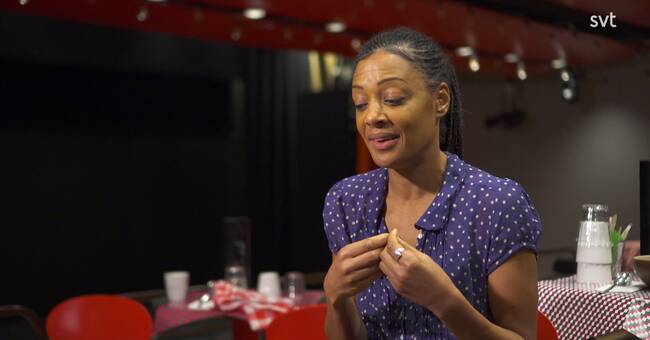This year's gender equality report from the Swedish Film Institute is about how people in the film industry are discriminated against based on gender, age, skin color and ethnicity.
- The report concludes what discrimination and racism do for individuals, but also what it does for the film, says Anna Serner, CEO of the Swedish Film Institute.
The report "Which women?"
is categorized into themes such as invisibility, culture of silence and stereotyping in the form of the roles a black woman is assigned.
The study was conducted by two researchers who in-depth interviewed 19 actors and directors, 11 of whom belong to an ethnic minority.
What can 19 defendants say about the film industry as a whole?
- It is also linked to research, which shows that we have a structural racism that we are quite unaware of, says Anna Serner.
"Such as I do not see"
Anna Sise and Sara Zommorodi have been active actors for 20 years.
They have long carried on a frustration over a lack of representation on the white canvas.
- Those who look like me are not visible.
I dare say it is even dangerous.
It's like I'm not interesting to tell, I'm not important, I do not even exist, says actress Anna Sise.
They also believe that the industry is exclusive.
- Some actors become silent, invisible and are not allowed to participate, says actress Sara Zommorodi.
- Either you go into the wall, change profession or move abroad to be able to be a whole person as an actor and get to portray other types of characters, says Zommorodi.
Suggestions for measures
The respondents in the survey come up with a number of proposals for measures, including targeted film support for women with a foreign background.
Last year's gender equality report was about men and women's different financial conditions in the film industry.
Then the focus of the investigation provoked debate, and SFI was criticized in some places for politicizing the film.
Is it really the Film Institute's task to work with these issues?
- In part, we have it as a task of the government and parliament.
Alongside that, we see that this work creates an enormous potential for new perspectives, says Anna Serner.

